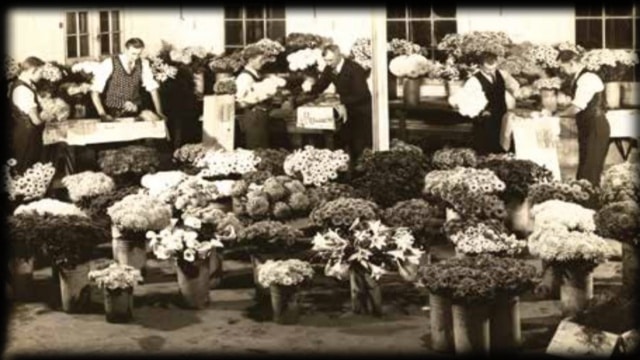Why is Brampton Called the Flower City?
Published April 21, 2017 at 4:20 pm

It’s not because our city blooms like a flower, it’s not because we’re fragrant, and it’s not just a random title one of our mayors gave us.
It’s not because our city blooms like a flower, it’s not because we’re fragrant, and it’s not just a random title one of our mayors gave us.
There are a lot of amazing things many Bramptonians don’t know about our city that a recent trip to PAMA and reading about Brampton’s history enlightened me on.
For one, people have been living in this area since about 8000 BCE, more specifically, in villages and hunting camps along the Credit and Humber river valleys.
Brampton was wilderness until the 1800s, when the Chinguacousy and Gore townships were surveyed in 1818. By the 1830s, William Buffy opened a tavern at “The Four Corners,” the main part of the city at Main and Queen, or what’s now the core of downtown Brampton.
And in 1834, Brampton was coined Brampton by two English settlers, John Elliott and William Lawson in honour of their English home – Brampton, Cumberland, England.
Brampton teemed with milling, farming, schools, churches, and stores. The Grand Trunk Railway constructed a rail line, Kenneth Chisholm built the massive estate Alderlea, and the economy blossomed.
So, where did “Flower City” come from?
Well, in 1860, Edward Dale established a flower nursery and created the town’s newest industry, floriculture. Dale’s nursery became Brampton’s largest employer and Brampton became known as the “Flowertown of Canada.”
By the turn of the century, hundreds of acres of land were lined with greenhouses growing diverse flowers in abundance for export markets around the world.
The term “Flower City” comes from Dale’s booming, international flower business that was based right here in good ol’ B-Town.
Brampton might not be lined with greenhouses anymore, but flower gardens remain around the city, and Flower City retains its history.
Brampton is packed full of history, and it definitely makes me feel like a part of something bigger.
insauga's Editorial Standards and Policies advertising





